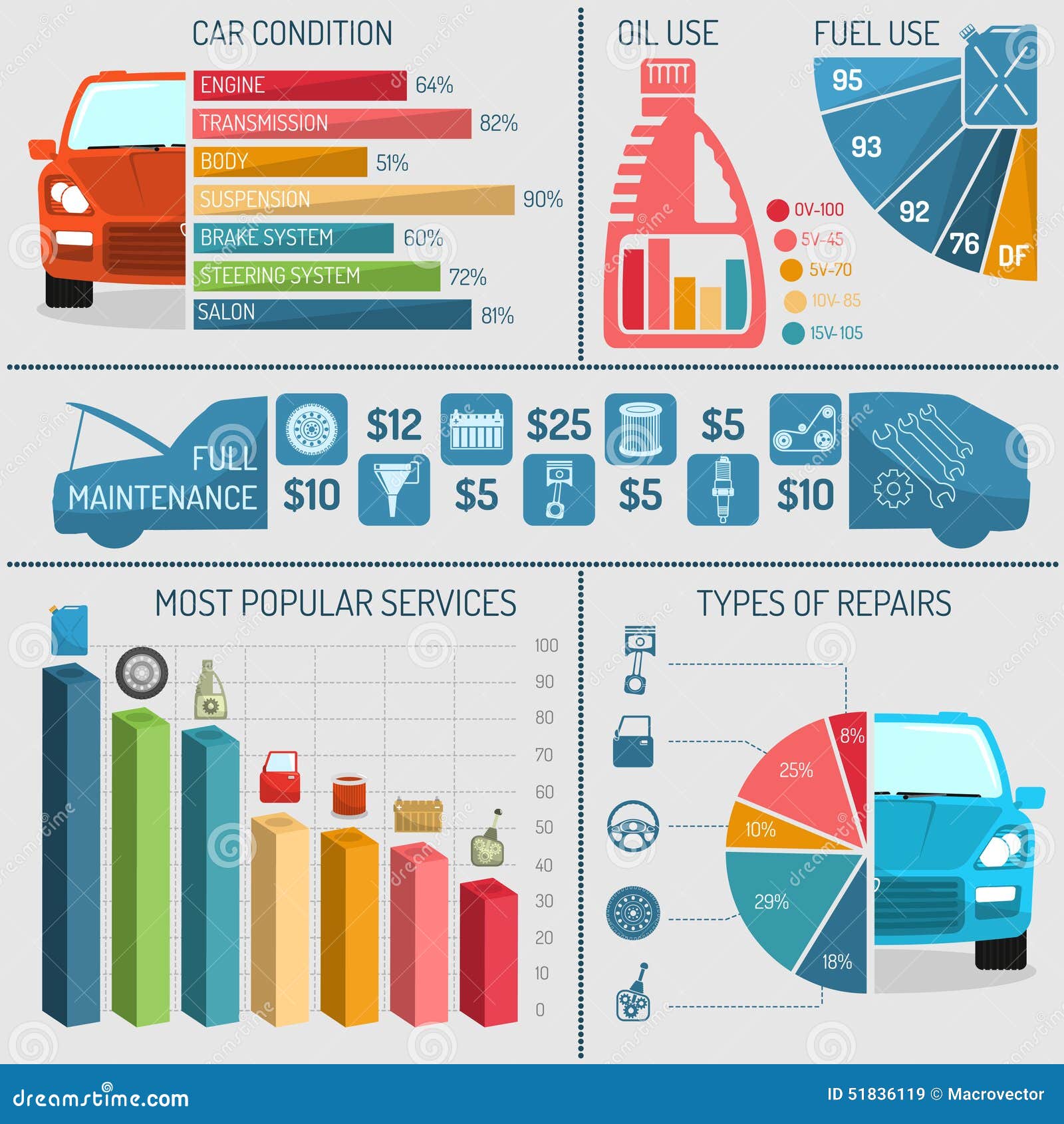Analyzing Your Vehicle'S Alert Lighting: Their Real Effects
Analyzing Your Vehicle'S Alert Lighting: Their Real Effects
Blog Article
Write-Up Created By-Termansen Corbett
When you're behind the wheel, those radiant caution lights on your control panel can be a little bit complicated. Do you understand what they're trying to tell you regarding your automobile's health and wellness? Recognizing the relevance of these lights is important for your safety and the long life of your vehicle. So, the next time among those lights turns up, wouldn't you want to analyze its message accurately and take the needed steps to resolve it?
Common Caution Lights and Interpretations
Identify typical caution lights in your auto and understand their definitions to make sure secure driving.
The most normal warning lights include the check engine light, which signals issues with the engine or emissions system. If this light comes on, it's important to have your vehicle checked promptly.
The oil pressure warning light shows reduced oil stress, needing instant attention to stop engine damage.
A blinking battery light might suggest a defective billing system, possibly leaving you stranded otherwise addressed.
The tire stress tracking system (TPMS) light alerts you to reduced tire stress, affecting automobile security and gas performance. Overlooking auckland car valet can bring about harmful driving conditions.
The ABS light suggests a problem with the anti-lock stopping system, compromising your capability to quit quickly in emergencies.
Lastly, the coolant temperature level advising light warns of engine overheating, which can result in serious damage if not fixed swiftly.
Comprehending these typical warning lights will certainly aid you address concerns quickly and maintain safe driving problems.
Significance of Prompt Interest
Understanding the usual warning lights in your cars and truck is only the primary step; the significance of immediately resolving these warnings can't be emphasized enough to ensure your security when driving.
When a caution light brightens on your control panel, it's your car's method of communicating a possible concern that needs interest. Overlooking mercedes detailing can bring about more severe issues in the future, jeopardizing your safety and security and potentially costing you much more out of commission.
Trigger attention to alerting lights can prevent failures and crashes. As an example, a blinking check engine light can indicate a misfire that, if left neglected, could create damage to the catalytic converter. Addressing this immediately can save you from a pricey fixing.
Likewise, https://brakes-and-rotors62839.snack-blog.com/31155138/do-you-have-doubts-concerning-the-significance-of-automobile-outlining-for-boosting-your-vehicle-s-resale-value advising light could signal low brake liquid or worn brake pads, crucial parts for your safety and security when driving.
Do It Yourself Troubleshooting Tips
If you notice a warning light on your control panel, there are a few DIY fixing pointers you can attempt before looking for specialist aid.
The primary step is to consult your car's guidebook to comprehend what the details warning light suggests. In some cases the problem can be as basic as a loose gas cap causing the check engine light. Tightening up the gas cap may deal with the problem.
One more typical problem is a reduced battery, which can cause numerous warning lights. Examining the battery connections for deterioration and ensuring they're safe may deal with the issue.
If a warning light lingers, you can attempt resetting it by detaching the automobile's battery for a couple of minutes and after that reconnecting it. Additionally, checking your automobile's fluid levels, such as oil, coolant, and brake liquid, can aid repair warning lights connected to these systems.
Verdict
Finally, recognizing your automobile's caution lights is vital for maintaining your vehicle running efficiently and securely. By quickly addressing these informs and understanding what they imply, you can stay clear of pricey repairs and possible failures.
Bear in mind to consult your automobile's handbook for specific details on each alerting light and do something about it appropriately to make sure a hassle-free driving experience.
Keep educated, remain risk-free on the road!
